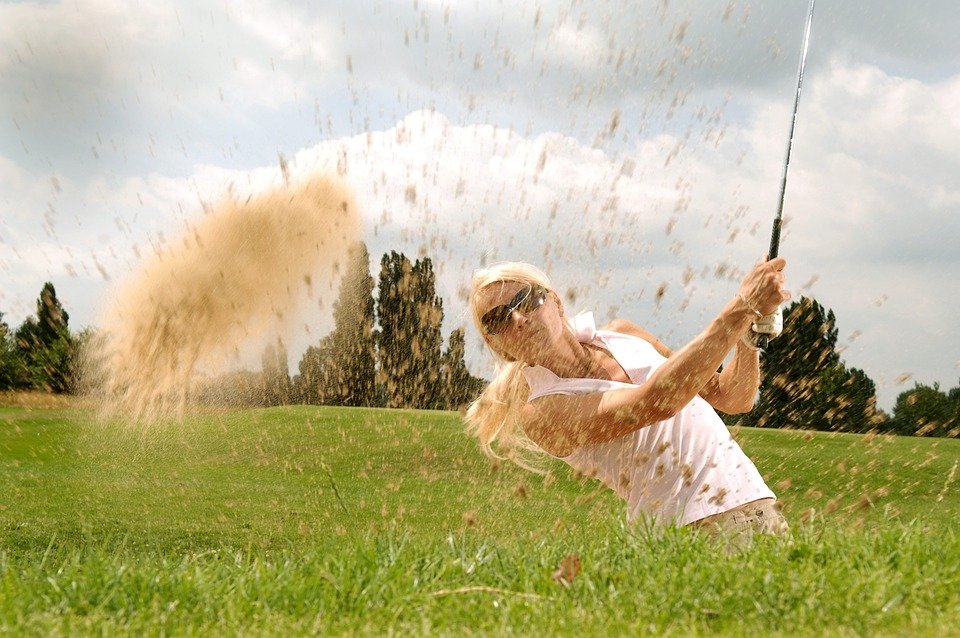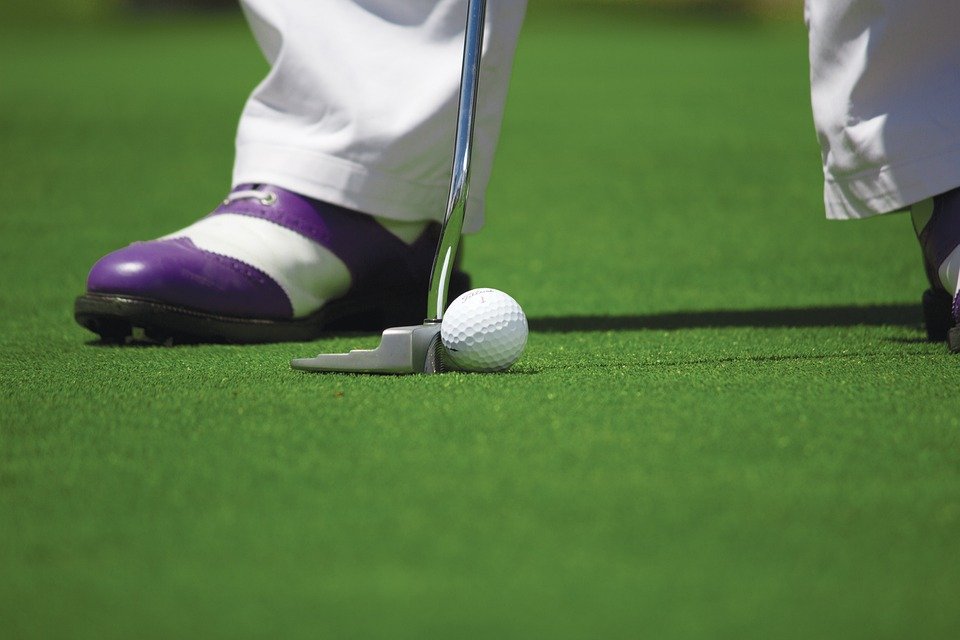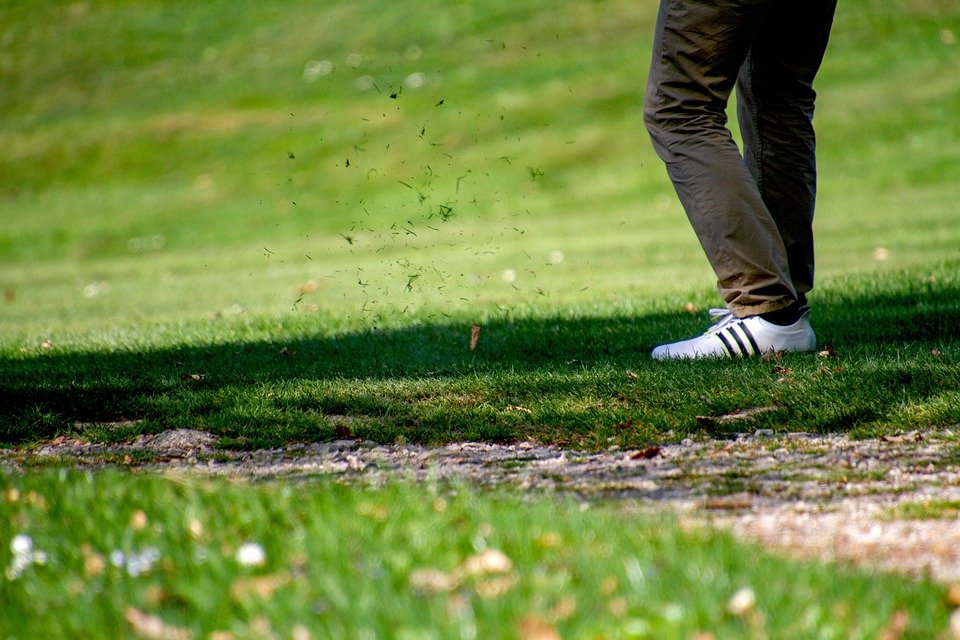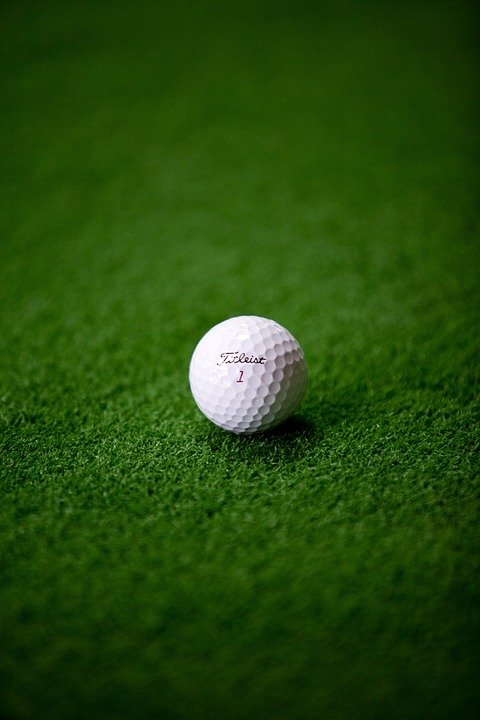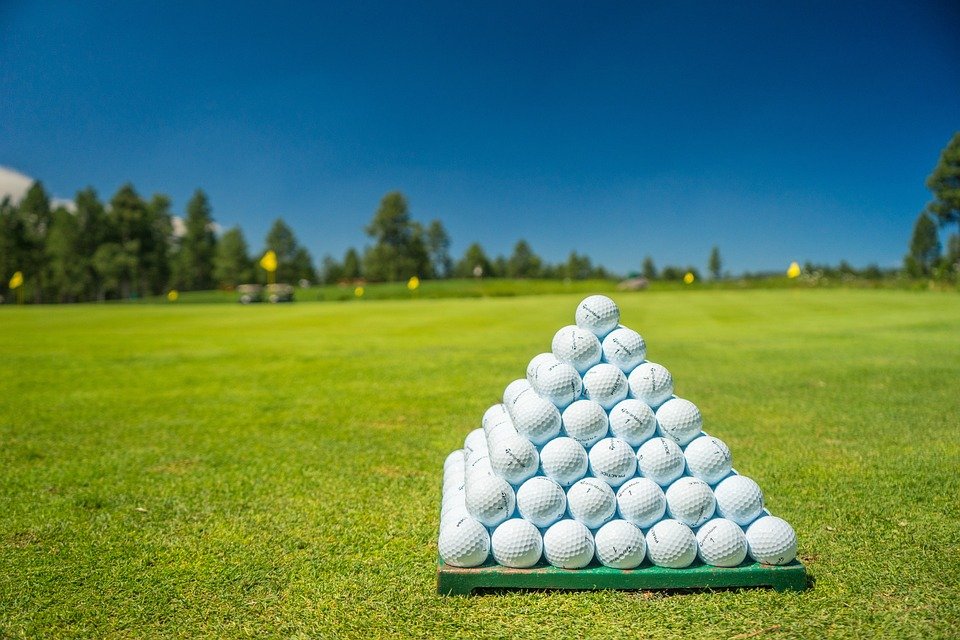How to apply an information processing model to improve golf

The information processing model includes storing information in memory, retrieving information from memory, and performing movement in response to information (Kelly). This looks fun and useful for golf. This article is about applying the knowledge we know about the information processing model to improve the game of golf.
To start, the human memory system consists of 3 memory stores: The Sensory Information Store; short term memory and long-term memory. It is important to understand how all three stores work so that we can use our memories more effectively.
The first stage in the memory system is the store of sensory information, sometimes called the sensory register (COX). The sensory register has the ability to hold huge amounts of information, but only for very short periods of time. Very briefly in fact, this information is only stored in the sensory register for up to half a second. Information stored briefly enters the sensory storeroom via inputs from our senses: vision, hearing, touch, smell, and taste.
The information is then passed to the center of the information processing system: the short-term memory. Short-term memory is the focus of the information processing system because it receives information from sensory storage, in addition to permanent memory. The main thing about short-term memory is that information is lost unless it is very important, or it is trained and memorized quickly. For example, if you get a tip from your swing instructor, and you only practice tipping once for example, that tip is likely to be forgotten.
It is enough to conclude that if a person trains information in short-term memory for 20-30 seconds, then it will be transferred to the long-term memory storage unit. The effectiveness of a person’s short-term memory abilities is also supported by his ability to skillfully group information, that is, to process the combination of several separate parts into larger ones. For example, a golfer might easily remember their golf swing style by dividing the information into categories such as “setup, backswing, and downswing” for example, making information about their swing easier to remember.
Information that has been adequately fragmented and rehearsed in the short term will be transferred to long-term memory. The information in long-term memory is different from sensory register and short-term memory. Information in long-term memory can be constantly updated along with short-term memory. For example, if a golfer is practicing his swing well enough, and is working out, he will store this information permanently.
The other thing to note about long-term memory is that information is consolidated by retrieving information in short-term memory to train on it. Suffice it to say, it’s important to complete the lesson summary and monthly review exercises I’ve designed below:
1) Do a “lesson summary” after swing lessons.
Buy a book to use as a notebook for the lesson. The evening after your swing lesson, write down the instructions your instructor gave you, eg: “flex right elbow on back swing when chopping, and allow your right arm to stop at the elbow.” Below, write adjectives to describe how the new movement feels when performed correctly. For example: “laid back” or “soft” matches the instructions above. Finally, write a goal to embed this new technology into your game. For example: My goal is to get my right arm joint to feel normal, and to occur subconsciously in my swing within 4 weeks.
2) Do a “monthly review” of your great golf shots
This exercise is about strengthening long-term memory and also making it easier to remember big swings when competing. At the end of each month, write down the top 10 shots you played during that month. Write them in the following categories:
Approximate date:
– Course played:
– Play Hole:
User club:
– What was the key to this good shot: And finally,
What adjective would you use to describe the feeling of the shot:
Keep it in the same lesson diary. At the end of each year, re-read the Top Picks of the Month and pull out the Top 10 Picks of the Year!
